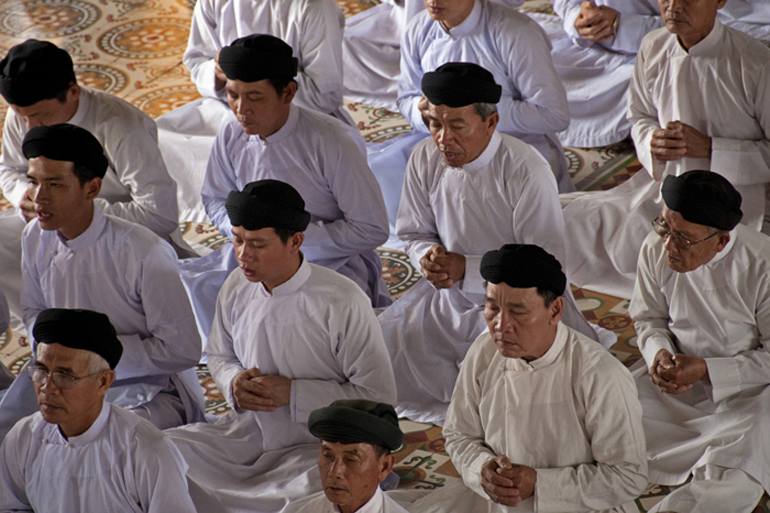
Photography has been called every man's art form. The power of photography to influence opinion has been understood for a long time, dating back to before the Civil War. And the opportunity to snap an enduring image is available to most anyone today, those with hi-tech cameras, or "just" a cell phone.
This ability to influence has never been more apparent than during the Vietnam War. Three images from that war were emblazoned in the consciousness of the world in the 1960's and 70's, and helped bring the controversial conflict to a slow and agonizing halt.
In 1963 the catholic regime of President Diem was repressive to Vietnam's buddhists, who comprised a majority of the country's population. In protest, Quang Duc, a buddhist monk, drove his Austin from the Imperial City of Hue to a busy intersection in Saigon. He then got out the vehicle and assumed the lotus position in the heavy traffic. A fellow monk doused him with gasoline, whereupon Duc struck a match to himself. His burning image was flashed around the world. In response, President Kennedy withdrew support for Diem, who was then assassinated as his government toppled.
Tension mounted as the surprise Tet Offensive began in 1968. Saigon's police chief Ngoc Loan was on alert to keep Viet Cong guerrillas out of the city. Loan executed Van Lam, a prisoner, in front of An Quang Pagoda as photographer Eddie Adams snapped a Pulitzer Prize winning photo. This image helped to turn the tide of public opinion against the war, not just in the United States, but around the world. Loan claimed Van Lam had killed Americans and Vietnamese while others argued that he was just a foot soldier, following orders, who did not deserve to be executed. In spite of worldwide protests the war would drag on for seven more endless years. (next photograph)